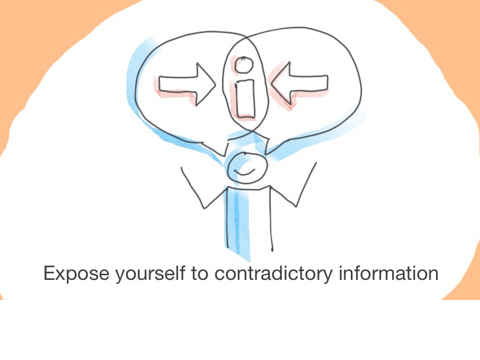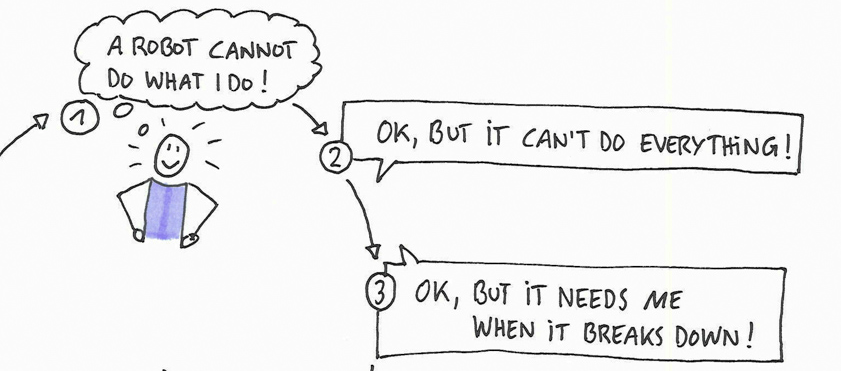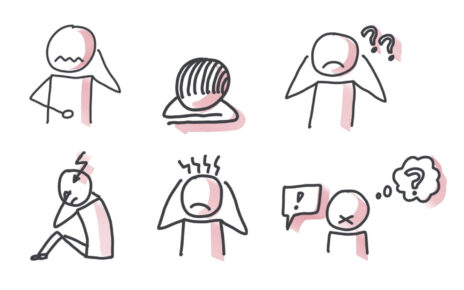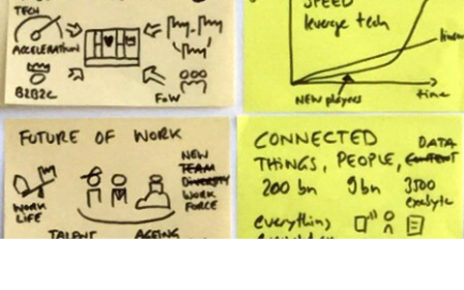“To attain knowledge, add things every day. To attain wisdom, substract things every day” Lao Tzu.
Unlearning is not forgetting
We celebrate the 168th birthday of Hermann Ebbinghaus on January 24th. He discovered the forgetting curve some 130 years ago – one hundred and thirty years ago! Analysts who promote trends like “spaced learning” or “microlearning” still link it to Ebbinghaus’ work.
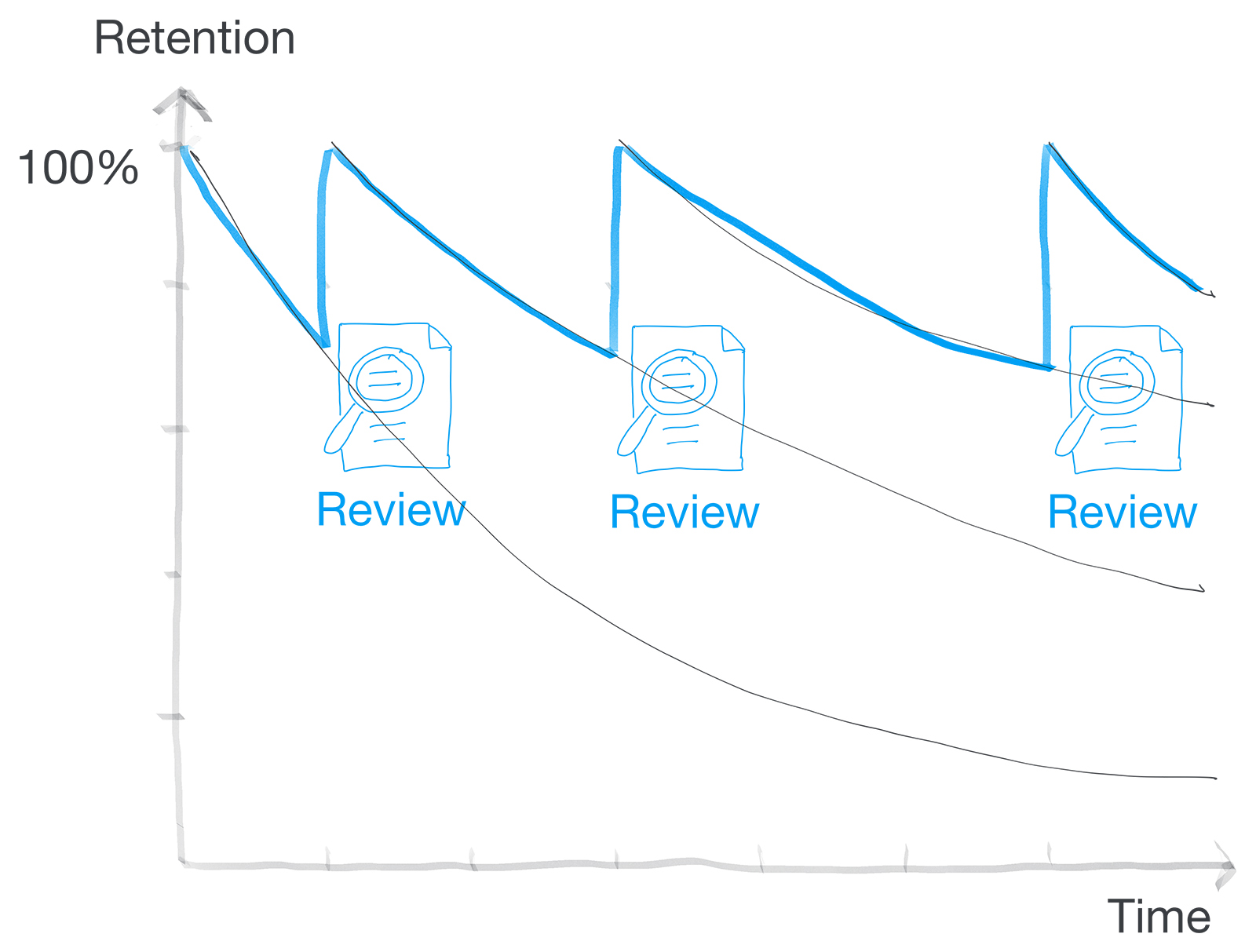
It’s really astonishing that the outcomes of his experiments are still so influential.
However, unlearning is not forgetting. Taruna Goel offers a better metaphor: “Emptying your cup” and includes insightful stories in her post.
So, why is unlearning so important, and what does companies hinder to become “learning organizations”?
Mark Bonchek highlights the fact that unlearning and not learning is the key challenge for business: “We are operating with mental models that have grown outdated or obsolete, from strategy to marketing to organization to leadership”.
A mental model explains an individual’s thought process about how something works in the real world or with the words of the designer Jacob Nielsen: “a mental model is what the user believes about the system at hand”.
For Bonchek unlearning is “the ability to choose an alternative mental model or paradigm.” Hence, the process of unlearning consists of three parts:
- Recognize that the existing model is no longer relevant or effective
- Create a new model that is better adapted to the new world
- Ingrain the new mental habits
As an example, I started a new job as the head of SAP Development Learning three months ago. This new job has been a two-fold perspective change for me: move from the expert career to a team manager role. Additionally, a move from consultants as “customers” to developers, software architects, product managers, designers and other roles as “customers”. The mental model and behaviors that made me successful in a consulting world may now interfere in a world shaped by “techies”.
How can you train your un-learning muscles?
The second part of the post is a synthesis of the main techniques suggested in articles by Liz Alexander, Fiona Quigley, Mark Bonchek, Arinya Talerngsri, and based on my own experience.

I’ve visualized the techniques in the sketch “Unlearning – Training Circle”.
Explain the reasons for the change
Many people fear the impact of change. It’s not easy to admit that what has made us successful so far, will not work any more in the future. Creating a sense of urgency by questioning the status quo, identifying the real reasons by asking “Why?”-questions, compiling the findings as a team help to find essential insights that will convey the reasons for the change. Based on my experience design thinking inspired projects support people to discover together the reasons for the change and increase their confidence in finding a new model.
Expose yourself to contradictory information
It’s important to challenge our assumptions about how the world and the system works. This works by testing the assumptions and expose them to contradictory information. There are so many cognitive biases in our brain that play tricks with us. My mentor has e.g. asked me to write down my assumptions and to continually question them.
Leave your filter bubble and add diversity to your network
People tend to stay in their comfort zone. This especially applies for their network of relationships. Closed networks offer trust and reputation. Therefore, it’s essential to extend your reach and to start collaborating with experts of other disciplines, cultures, or roles who offer new perspectives for the challenges you are facing – join hands with new T-shaped people. My new role offers me e.g. multiple opportunities to add diversity to the network of people I need to guide me.
Change your physical space
Old habits are often related to a specific work environment. Moving location or changing the set-up of rooms, adding or removing furniture makes unlearning easier. I experienced the power of physical space during my fellowship at SAP Design where I moved from a virtual team setup to a design-led open office environment.
Foster curiosity
As Fiona Quigley points it: “What would you do today if you weren’t afraid?”. “Feel the fear” is also the advice that Liz Alexander shares in her post. I’ve built on my creative confidence gained during my fellowship to start my new job as a manager and to start this blog. Stop thinking, start doing: You have to jump in at the deep end.
I would like to end this post with a smart quote from Arinya Talerngsri in her recent article : “Effective leaders will be defined by their capacity to unlearn outdated and ineffective way of doing things and their capability to help their companies and their people to do the same”.
This is a contribution to the blog parade #NextLearning initiated by my colleague Thomas Jenewein.
What helps you to un-learn?

